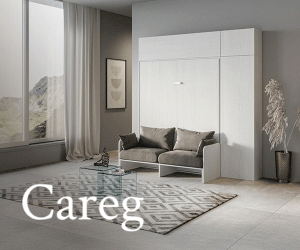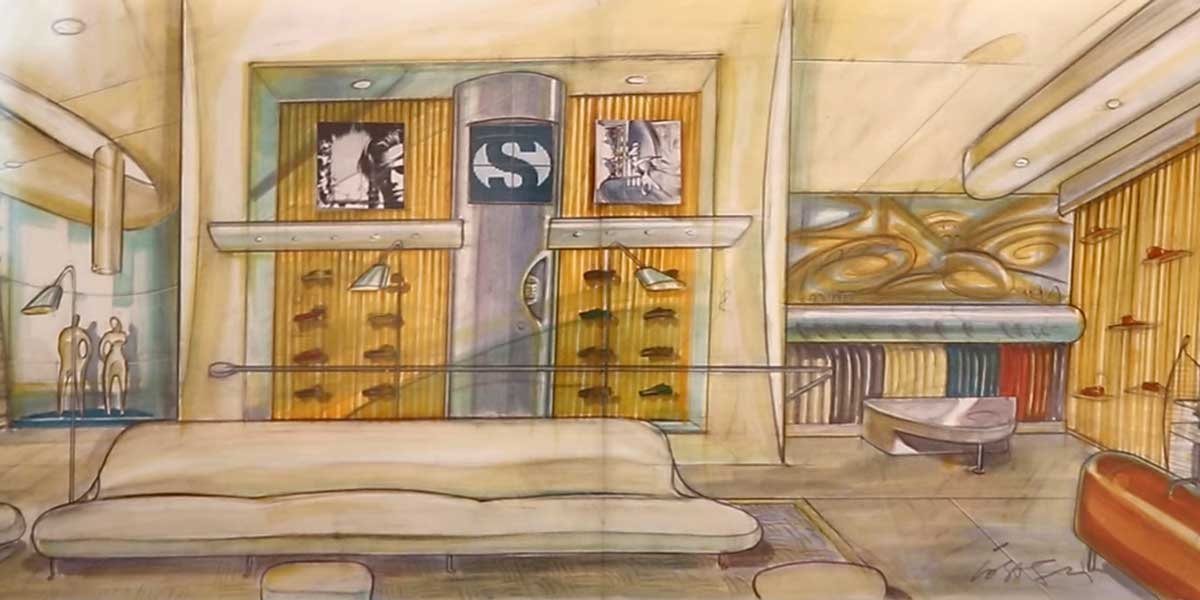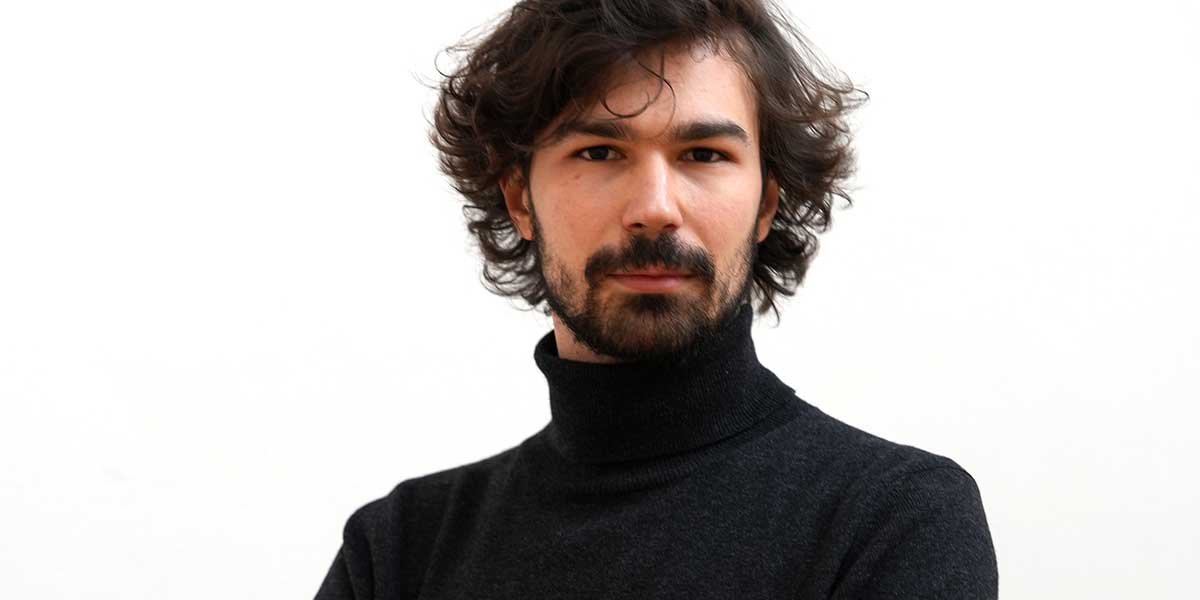Among the last great Masters who made “Made in Italy” famous internationally, we remember Angelo Mangiarotti, born in Milan on February 26, 1921.
Architect, sculptor, and designer, he graduated from the Politecnico di Milano and then began his career in the United States, where he worked with greats such as Mies Van Der Rohe, Walter Gropius, and Frank Lloyd Wright. After his overseas experience, he returned to Italy and founded his own studio in Milan in 1955, proving to be extremely avant-garde for the time. His pragmatic and refined vision was initially employed in the design of buildings, for which he invented new construction systems that we also find, on a smaller scale, in the subsequent design and assembly of furnishing accessories.
A proponent of rigorous functionalism, his work is linear and sober, and his objects maintain elegance and sculptural beauty. Even today, he is deeply esteemed for his sophisticated approach to materials and his production processes.
“My works have always arisen from the interest, the curiosity, that I have for the material and the possible ways of working it; to then find solutions often even at the limit, I would say. It is always necessary to pay a lot of attention to the choice of materials with which an object will be made, since a very delicate relationship with the form is always established.”
Bjhon Washbasin, 1970, Agape

His modern skill in handling the most diverse materials is evidenced by objects produced by the most important Italian companies such as Artemide, Bernini, Vistosi, Cappellini, Danese, and Skipper; the latter has produced the designer’s most famous pieces since the early 1950s, later re-edited by Agapecasa.
Barbados Ashtray, 1964, Danese

Barbados is an enamelled ceramic ashtray composed of two pieces: a base and an upper ring that hides part of the content. Simplicity, purity, and geometry give the object a particular aura that assigns it a contemplative dimension.
Lesbo Lamp, 1967, Artemide

Mangiarotti Collection
Agapecasa, a branch of the Agape company founded in 2010, re-edits the designer’s projects under the exclusive name of Mangiarotti Collection. The collection includes furnishing accessories that refer to the drawings and models designed from the early 1950s but updated to meet contemporary needs.
A common thread that unites all the pieces is Mangiarotti’s passion for joints: unexpected balances where volumes and weights alternate with each other in a fascinating exchange of roles. Wood, marble, and metal are treated in a sophisticated way, combining functionality and aesthetics in an exemplary manner.
Cavalletti, 1953-55, today produced by Agapecasa, credits Agapecasa

Cavalletti, 1953-55, today produced by Agapecasa, credits Agapecasa

Cavalletti is a modular, versatile, and functional furnishing system that is still very much up-to-date, whose peculiarity consists of a V-shaped trestle module that can be overlaid through a simple gravity joint. The planes for bookshelves and chest of drawers are inserted and locked in turn through a “dovetail” joint.
M Table, 1969, today produced by Agapecasa, credits Agapecasa

A marble table, the first of a long series in which Mangiarotti uses this material to create home furnishings. The pedestal, worked on the lathe, starts wide at the base, narrows in the middle to give the entire structure a sleek look, and then opens up at the top, where it fits into the circular top thanks to a simple joint.
Eros Tables, 1971, today produced by Agapecasa

A whole set of marble tables, a refined expression of the study conducted on furniture devoid of any joints or fixings. The different shapes and sizes of the Eros tables foresee joints between the top and legs that fully exploit the force of gravity. The top “hooks” easily thanks to the shapes while it is the weight of the material itself that fixes the components improving the stability of the entire structure.
Eros Tables, 1971, today produced by Agapecasa

Incas series table, 1978, today produced by Agapecasa, credits Agapecasa

The Incas series also works on the same structural idea as Eros. The tops have a quadrangular plan while the legs are shaped like a truncated pyramid, in such a way as to allow the joint and unload the weight of the top only on their inclined surfaces. Everything is connected and the ensemble appears natural, with continuity between shape and material.
Asolo Table, 1981, today produced by Agapecasa

Eccentric Table, 1979, today produced by Agapecasa, credits Agapecasa

A table of astonishing refinement and contemporaneity. The top is elliptical in shape and features an asymmetric joint with a tilted cylindrical pedestal, which prevents any vertical slippage thanks to friction.
Three 3 Chair, 1978, today produced by Agapecasa

A chair made of wood and leather, integrated by simple but refined structural details. Three rectangular legs, two on the front sides and one in the center at the back, are joined together by a solid T-shaped structure that gives the same stability as a traditional four-legged chair. A piece of leather fabric is attached to the taller rear leg, which falls softly forming the backrest and seat.


























